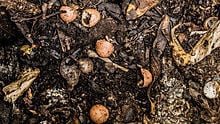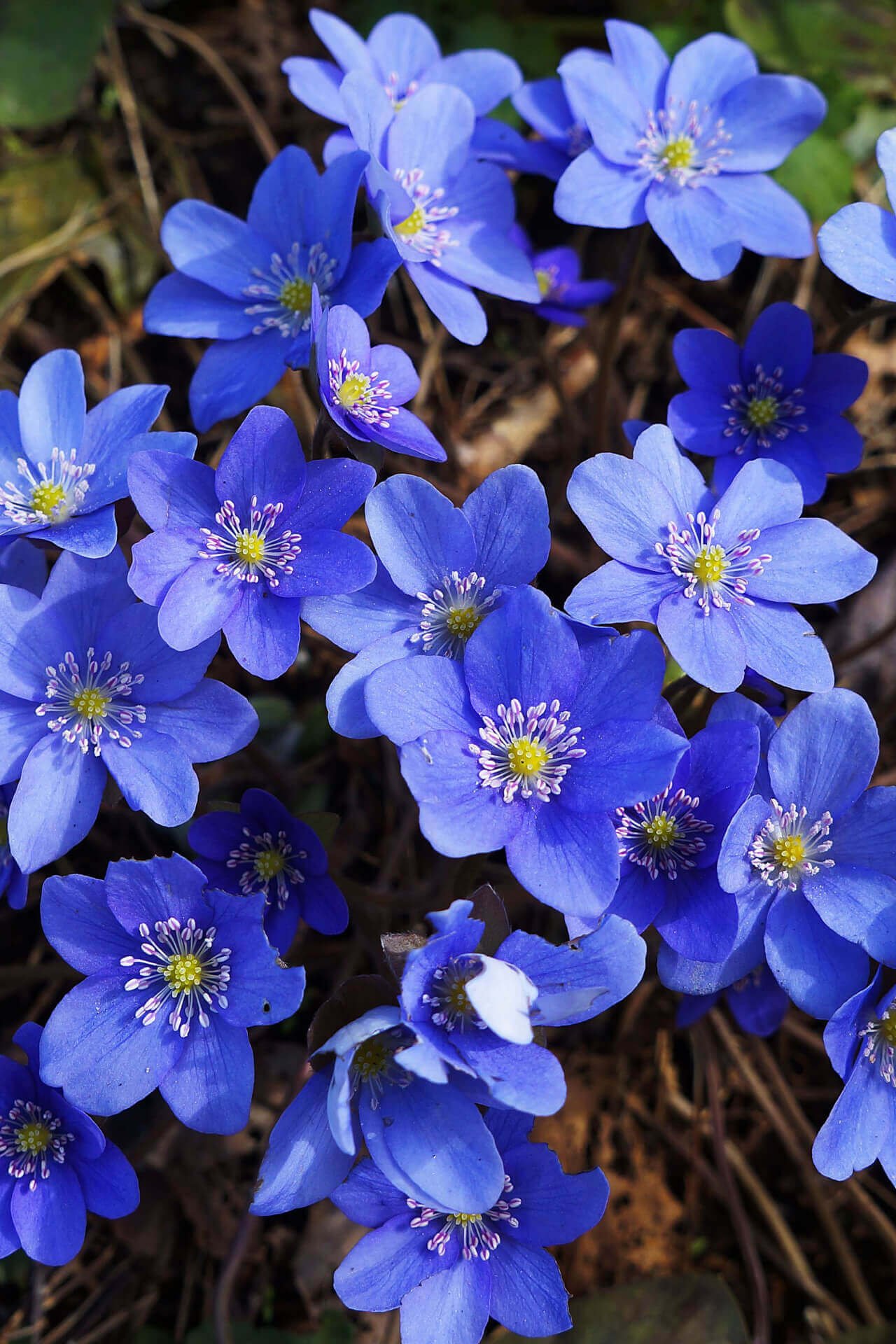Share
Read more

Blackberries Make A Perfectly Sweet Dessert
Filled with some vitamins and minerals, blackberries provide a delicious treat eaten raw or incorporated into a wide selection of recipes. Blackberries contain vitamins A, C, and E and select B vit...

Honeysuckle Vine - Planting and Care
Lonicera japonica, Halls Honeysuckle VineThere are mainly two types of Halls honeysuckle; the first is known as the climbers and the second one as shrubby honeysuckles. Both of these plants need di...




